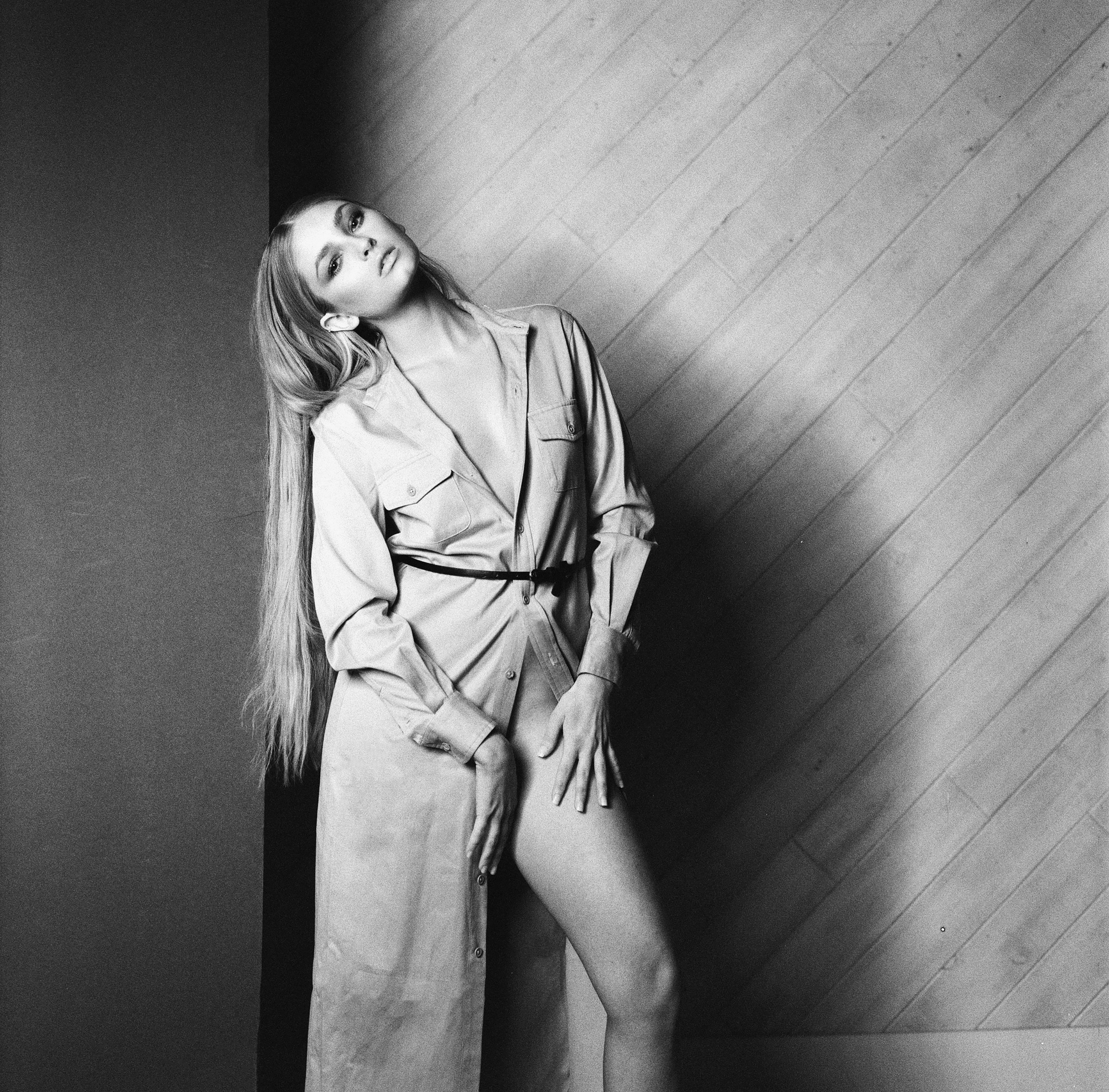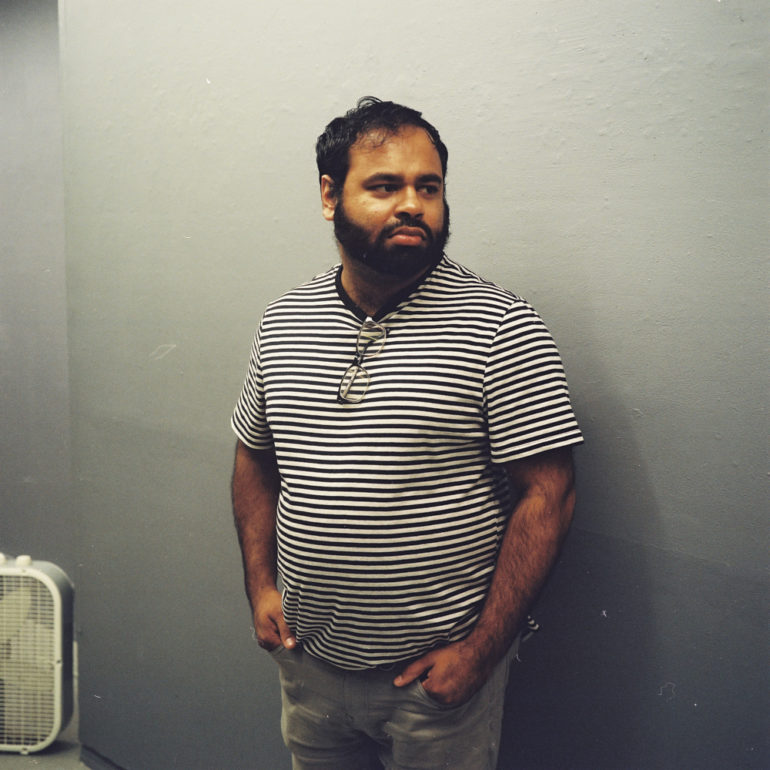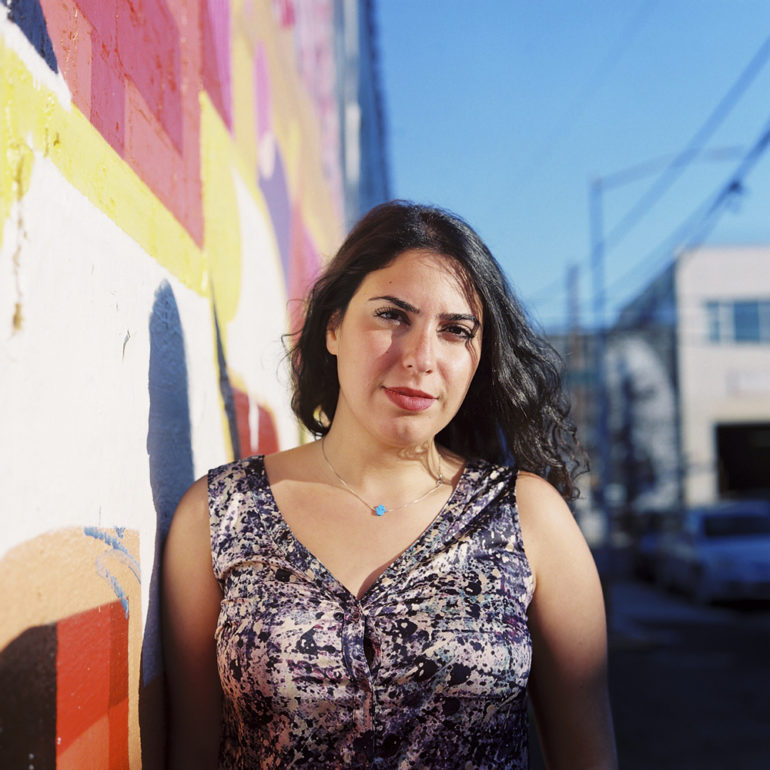There’s something about the square format portrait that I think lends itself to being perfect for anything. In fact, there are a ton of reasons why. Unfortunately, it isn’t always as widely accepted in the photography communtiy despite there being validation for the format. In medium format, lots of folks say that it’s too small. In 35mm format, tons. of photographers would rather crop later. But truly, the square format is fantastic.
This photo is an image from me from many years ago. And I still love it despite it being a photo of a very different version of me. Part of that is just because of the fact that it’s square. If you’ve ever seen and understand the symmetry that Wes Anderson delivers in his scenes, you’ll understand why square-format portraits are so great.
At the time when I first started to shoot square, I was invigorated by the challenge of composing in the square format. With rectangles, relying on the rule of thirds becomes almost automatic and shooting in square forced me to rethink composition. Squares don’t like things being too off-balanced, so the rule of thirds isn’t necessarily going to work too well depending on the scene in front of you.
Andrew Tomchyhsyn
Especially in the digital age of computer screens and phones, your eyes have less work to do when looking at a square photo. They’re quite literally just looking at the central area. When looking at a rectangle, it’s typically going all around the frame in a totally different way.
Pick up either a Hasselblad 501 series camera, a Mamiya 6 or any others. You’ll see that it all starts with the way you’re composing. For starters, depending on what finder you’re using, you might be composing a bit backwards. But in other ways, you’re probably analyzing your frame, looking carefully, checking the focus, and spotting out what else is in the frame. Additionally, you’re most likely centering your subject. But that’s the cool thing here, with square format, your subject is always centered.
This is all reflected in modern cinema too! Cameras shoot in a 16:9 aspect ratio in most situations but either square video or 4:3 video is often used instead with letterboxing on the sides. This helps give an artistic vintage look to the videos. But what it also does is gives our eyes a bit of a break. We don’t need to scan all over a scene that’s been composed with intent in a totally different way.
There have been several arguments on both sides of this. Some folks state that square format images are the hardest to get right; but I’d say that they’re most difficult to excel at. However, a square format is just so versatile as it is. It can be handled on pretty much any format, screen, or social media platform.
“When it comes to the online world, a fair argument can be made that people look at images completely differently than they do when a print is shoved in their face. The world works in a fashion that requires browsers to scroll down or up. When this happens, a person takes in a part of an image (usually the top) and more is revealed to them as they scroll down. And when working in the confines of a small table (in HTML terms) the more in-your-face that you can make an image the more that it will have an impact. When an image is a square, the eye often has less space to travel around to take in the entire scene.”
Why the Web Made Square Format Images so Popular
If you haven’t tried the square format, I highly recommend giving it a try. And more importantly, I recommend trying it in-camera and not in post-production. They don’t work in the same way at all.




